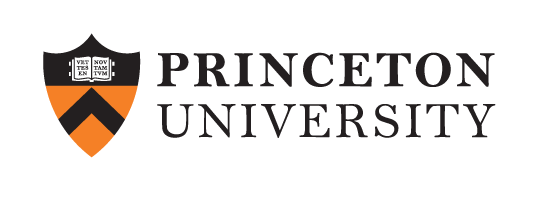LLVM.org Website Redesign Project Introduction
Introduction
I’m Chaitanya Shahare, a passionate full-stack web developer and a pre-final-year Mechanical Engineering student at the National Institute of Technology Srinagar, India. This summer, I’m delighted to embark on an exciting journey with LLVM as Google Summer of Code 2024 contributor, where I’ll be contributing to the LLVM project by improving the look and feel of its central hub, the LLVM.org website.
Mentors: Tanya Lattner and Vassil Vassilev
Why I Chose LLVM.org
My fascination with coding and web development is about making a real impact. LLVM.org is not just a website; it’s a vital resource for developers, researchers, and enthusiasts involved in the LLVM project. The site provides crucial information, updates, and tools needed by the LLVM community to thrive. Over time, the website has grown organically, which now calls for a systematic redesign to enhance its functionality and aesthetic appeal. My project focuses on making LLVM.org more modern, navigable, and user-friendly, ensuring it continues to serve as a robust platform supporting innovation in compiler technology.
My Personal Drive
My journey in technology has always been driven by a simple principle: use what you learn to make things better for others. Working on LLVM.org allows me to apply everything I’ve learned about web development to improve a tool that thousands of people rely on. My previous internships and personal projects involving website management have prepared me well for this task, and I’m eager to see how much of a difference I can make.
A Closer Look at the Project
Starting this journey to revamp the LLVM.org website, my mission is to transform it into a hub that not only serves its purpose efficiently but also delights its users with its simplicity and elegance. Here’s a step-by-step breakdown of how I plan to achieve this:
-
Comprehensive Content Audit: The first order of business is to dive deep into the current content of the LLVM.org website. This involves evaluating each page to determine its relevance and usefulness. A significant focus will be on enhancing the site’s navigation to ensure that it is intuitive and user-friendly. This audit will help us identify any outdated information, redundant pages, or missing pieces that are crucial for users. This step will involve working closely with the LLVM community through feedback, surveys, and discussions.
-
Selecting the Right Building Blocks: For the technical platform, I’ll be using Hugo, a powerful tool known for building fast and reliable websites. Hugo is not only quick but also makes managing content straightforward, which is essential for a website like LLVM.org that is frequently updated with new information. This choice ensures that the website can be easily maintained and updated by the community, long after the project’s completion also ensuring that this project is reusable for other sub-projects websites in the LLVM ecosystem.
-
Interactive Design Process: Designing an engaging and user-friendly website is not a solo task. I plan to create several design prototypes, each offering a different look and feel. These prototypes will be shared with the LLVM community through surveys and discussion forums to gather feedback. It’s crucial that the community’s voice is heard in this process, as they are the primary users of the site. This collaborative approach ensures that the final design is not only visually appealing but also functionally tailored to the needs of its users.
-
Building the Site: With a design selected and technology ready, the next phase is the actual site development. This involves coding the website, setting up the structure for content, and integrating all the visual elements. During this phase, I’ll ensure that the site is responsive, meaning it’ll work seamlessly on both desktops and mobile devices, and accessible, ensuring that users with disabilities can also use it comfortably.
-
Rigorous Testing and Feedback Loop: Before the new site goes live, extensive testing is essential. This will include checking that all links work, the site loads quickly on different devices, and there are no accessibility barriers. Feedback from the community will be crucial during this phase to catch any issues and ensure that the site meets everyone’s needs.
Through detailed planning, collaborative design, and careful execution, this project aims to not only revamp the LLVM.org website but also enhance how the LLVM community interacts with it.
Conclusion
As we start this journey to improve the LLVM.org website, I am excited and ready for the challenges ahead. I’m confident we can create a website that everyone will find easy to use and helpful.




